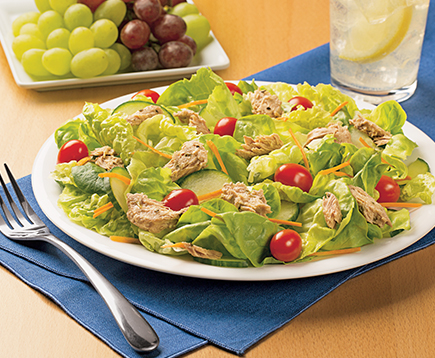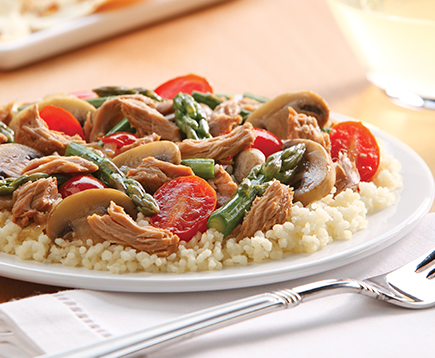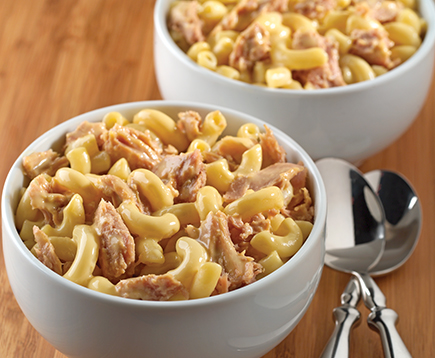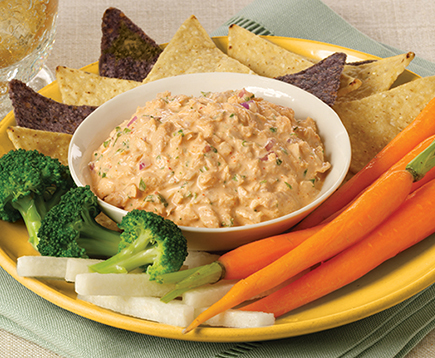
Childhood obesity and child nutrition have been making headlines over the last few years. As the United States has seen their waistlines expand, significant focus has been placed on school meals and children’s health. The evidence of the role good nutrition plays with leaning and development as well as long term disease risk reduction is clear. Nevertheless, while many of the mandated changes sound good on paper, challenges abound.
Although implementation many of the updated meal requirements have been phased in over the last few years, many school districts are still struggling. Reports of increased food waste and decreased sales have been documented across the country. Translating the new requirements into food that won’t end up in the trash is proving to be challenging for many districts. However, others are looking at this as an opportunity to get kids excited about nutrition and learn about their food, which could benefit both the kids and the schools, and in the long term, America’s health and wellbeing.
A quick review:
The Healthy, Hunger Free Kids Act, which was signed in 2012 by President Obama, has been touted as a way to improve the nutrition of over 32 million children across the United States. Ambitious as these new standards are, the updated requirements are seen as a way to improve the health of the nation’s children and are something most American’s can get behind.
Developed from the Institute of Medicine Report and Workshop on preventing Childhood Obesity and the Dietary Guidelines for Americans, 2010, the updated meal standards are a way to help children get the nutrition they need for optimal learning, reduced obesity and improve overall long term health.
The new standards incorporate foods lower in saturated fat and cholesterol, lean proteins like seafood and poultry, low fat dairy, fruits and vegetables and whole grains. Along with proper portions and regular exercise these changes are part of other healthy lifestyle plans that have been shown to reduce the risk of chronic disease and help reduce rates of obesity. The Mediterranean Diet and Dash Diet are examples of these eating patterns. Both have well documented research that supports reduction in the risk of chronic disease. The American Heart Association Pediatric Dietary Recommendations for Reduced Risk of Cardiovascular Disease also follow these basic nutrition guidelines. 1,2
Recommendations:
While some of the new USDA School Meal requirements have been challenged and in some cases schools have been given more time for implementation of certain requirements, the message is clear, schools need to be providing healthy meals, so let’s find a way to get kids engaged and excited about their food!
Seizing an opportunity to teach children about food, where it comes from and how to prepare it is a perfect way to ensure they learn healthy habits, become familiar with healthy foods and enjoy what they are eating.
Children can be cautious eaters and hesitant to try unfamiliar foods. While it’s important to provide healthy foods to support their growth and development, getting kids to buy in can be tough. This is especially true for some foods like seafood, dry beans, vegetables and some fruits. Children’s taste buds are sensitive and introducing new foods may take some time. They are also very aware of what everyone else around them is eating and will often mimic what they see adults doing. Finding ways to get teachers and administrators in the cafeteria and also enjoying school meals will only help.
Fun with Food – Curriculum ideas:
Teaching about food can be incorporated into many parts of the curriculum. Science, math, social studies, reading and grammar can all incorporate lessons about food and health. Even with the Home Economics departments disappearing there are still ways to teach children about cooking and meal planning.
Plant a garden – a recent meta-analysis indicated that students involved in school gardens had an increased vegetable consumption more than classroom nutrition education. While more research is needed, teaching and showing children how food is grown, where it comes from and learning about new varieties of food can make children more willing to try new foods.
Fun with Food Days– Unfamiliar foods can be scary for kids to try. Look for fun ideas on how to present the food. Maybe it is a tuna pizza on a whole grain English muffin, with a clown face from vegetables, frozen fruit treat with a unique fruit, or vegetables with dip.
Kitchen labs – There are numerous ideas for parents to help get kids involved with helping in the kitchen and many of those same ideas may transfer to the classroom. If you have a snack day, get a small group of students together to plan and prepare the snack for the classroom that week. Smoothies, fruit kabobs, or dips for vegetables are easy ideas that kids can help with.
Kitchen Tours – Offer kitchen tours during slower times. When children see who is making their food and the care that goes into it, it may feel more like home cooked. If you don’t have an onsite kitchen or it’s too busy for kids to visit, consider a video to introduce everyone to the people behind the scenes and share it with the classrooms. After all, seeing is believing!
Menu Committees – Everyone likes having control and that includes children. While it takes extra work up front, getting the kids involved in helping to plan the menus can go a long way in reducing waste. Rotate among grades or classrooms and let the children help with planning the menu for one day a month. Give them options to choose from, foods that will fit in your budget, meet nutritional requirements and allow them to choose. This is a great way to teach nutrition, budgeting and nutrition all at once.
Heritage Days – as part of a social studies curriculum incorporate a lesson about food. When studying about a particular time period, look for a dish that is unique to that era. If learning about a particular culture, find foods that are unique to them. If possible, bring samples in for kids to try or, depending on the age, have them research about various foods and share with their classmates.
The USDA Team Nutrition website offers a variety of lessons and ideas for incorporating nutrition education into the curriculum. (www.fns.usda.gov/tn/team-nutrition)
While the recent focus has been on obesity and weight loss, teaching our children to appreciate and enjoy healthy, delicious food and approaching nutrition in an inspiring and enlightening manner will hopefully have a positive long term impact on them. It takes time and a lot of repetition, but by continually offering healthy foods and helping kids learn about what they are eating we can gradually make nutritious food a regular part of the day.
1 Gidding, SS et al. Dietary Recommendations for Children and Adolescents: A Guide for Practitioners Consensus Statement From the American Heart Association. Circulation 2005. 112:2061-2075.
2Gidding, SS et al. Implementing American Heart Association Pediatric and Adult Nutrition Guidelines: A Scientific Statement from the American Heart Association Nutrition Committee of the Council of Nutrition and Physical Activity and Metabolism, Council on Cardiovascular Disease in the Young, Council on Arteriosclerosis, Thrombosis and Vascular Council on Epidemiology and Prevention, and Biology, Council on Cardiovascular Nursing, Council for High Blood Pressure Research. Circulation. 2009;119:1161-1175








